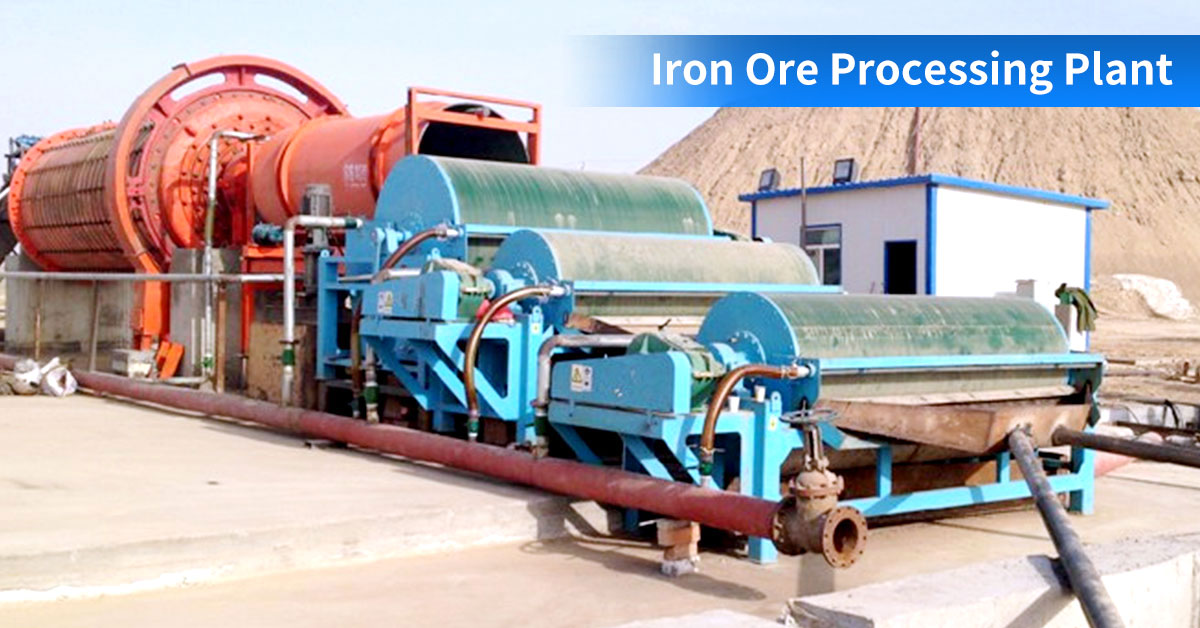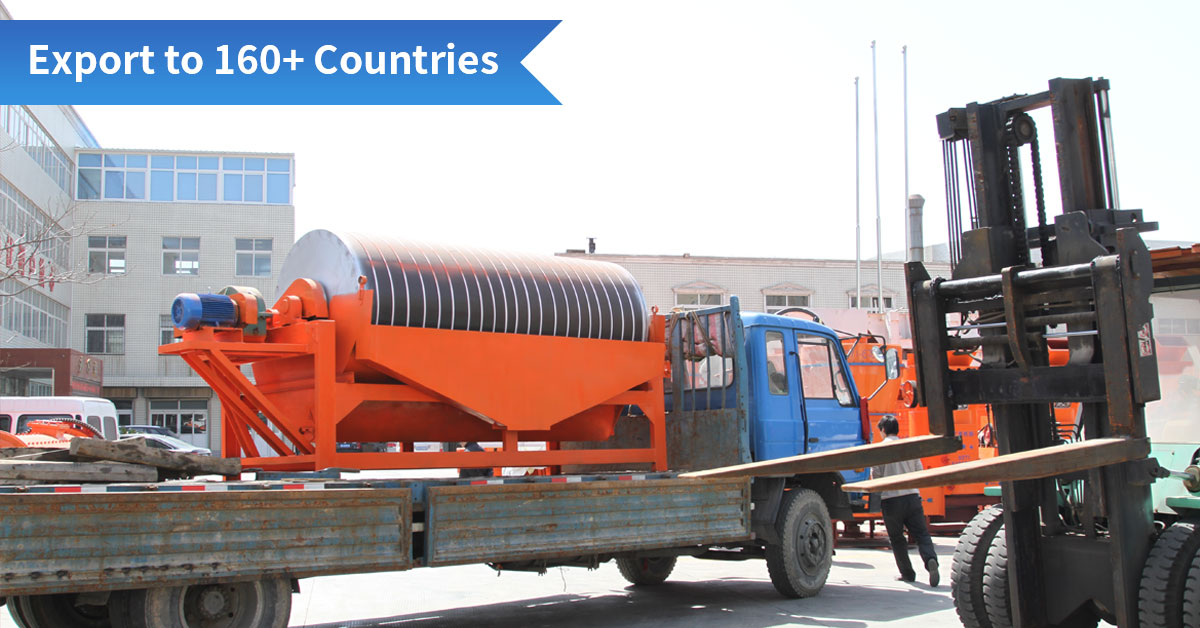
With the development of the world economy, the society's demand for resources is increasing. Improving the level of comprehensive recycling of mineral resources and providing a good and stable resource guarantee for the sustainable development of the social economy is an important issue currently facing. Mine tailings have been referred to as 'artificial deposits' by international mining experts. A large number of mine resources are gradually depleted. Therefore, the tailings, which are secondary resources, will surely turning waste into treasure, demonstrating its unique resource advantages. This article conducted an experimental study on the iron tailings in a certain place in China, and introduced the comprehensive recovery of titanium in the mine.

By raw ore chemical analysis, and the grade of TiO2 was 6.30% , the grade of total Fe was 10.45%. The main metal mineral is ilmenite, containing a small amount of titanium magnetite, anatase, etc. Recyclable TiO2 only accounts for 55.11% of the raw ore, the distribution rate of TiO2 in titanium magnetite is 5.70%, this part of TiO2 will be left in titanium magnetite concentrate. Therefore, the recovery rate of TiO2 in the beneficiation test should be around 55%.
Considering the low grade of titanium dioxide in iron ore tailings, titanium dioxide in recyclable ilmenite accounts for only 52% of the total content of the original ore. If flotation is used to recover ilmenite, the consumption of reagents will increase the production cost, and environmental pollution will be caused by the discharge of reagents because of reagents residual in the tailings. By this beneficiation test, it is finally determined that the combined process of spiral chute-weak magnetic separation-shaking table gravity separation can obtain qualified titanium concentrate , while producing iron concentrate that can be sold.
Grinding particle size test
The grinding particle size test of spiral chute preconcentrateion for discarding the tailings is to find the suitable particle size for the preconcentrateion, to discard the low-density gangue to the maximum, to improve the grade of the gravity-table concentration, and to reduce the amount of ore for the shaking table gravity separation. The result shows as the grinding particle size becomes finer, the tailing TiO2 grade and loss rate are rising. But without grinding, the recovery rate of TiO2 is the highest, reaching more than 95%, which shows that non-grinding is feasible for preconcentrateion for discarding the tailings.
Tailings discarding amount test
The tailings discarding amount test of spiral chute aims to discard the low-density gangue minerals to the greatest extent under the premise of losing a small amount of metal, so as to improve the grade of the shaking table gravity separation and reduce the selection amount and investment in shaking table. As the discard tailings amount increases, the TiO2 grade of the tailings gradually rises, and the TiO2 grade of the coarse concentrate greatly increases. And it is appropriate to determine the 50% of tailings discarding.
Rough separation magnetic induction intensity test
low-intensity magnetic rough separation magnetic induction strength test is to avoid the titania magnetite entering into the gravity-table concentration affecting the TiO2 grade of the ilmenite concentrate, the titanium magnetite must be separated before the concentration of the ilmenite iron ore. In principle, the low-intensity magnetic separation should not only ensure the maximum separation of titanomagnetite to obtain titanomagnetite concentrate, but also reduce the loss rate of TiO2 in ilmenite. With increasing magnetic field strength, the iron ore TiO2 grade, Total of Fe grade and TiO2 loss rate changed little, but a greater increase in iron recovery. The test selects the weak magnetic induction intensity 110mT for the test.

Concentration magnetic induction intensity test
In order to further improve the grade of iron concentrate, the concentration magnetic induction intensity was tested. However, it was found in the beneficiation test that even if the magnetic induction intensity is reduced to 60mT, the beneficiation tailings cannot be discarded, and the purpose of improving the iron grade cannot be achieved at all, which means that the titanium magnetite is a strong magnetic mineral, and you can get qualified titanium magnetite concentrate products without beneficiation operation.
Regrinding and re-separation test in the shaker
Regrinding and re-separation test in the shaker can obtain the titanium concentrate TiO2 grade 44.18%, TiO2 recovery rate 9.57%, the total TiO2 recovery rate increased to 56.07%. It can be seen that the effect of re-grinding and re-separation of middling is also an effective measure to improve the recovery rate of TiO2.
1. In order to improve the recovery rate of TiO2, in actual production, the ore in the shaker can be returned to the closed circuit ball mill for regrinding.
2. In spiral chute-weak magnetic separation-shaking table gravity separation process, we can finally obtain total of Fe grade 54.6%, recovery rate 11.81% titanium magnetite concentrate and TiO2 grade 48.27%, TiO2 recovery rate 56.07% of titanium concentrate. The titanium concentrate meets the quality standards for the production of ilmenite alloys and titanium dioxide.
3. The process flow recommended in this experiment is smooth, the ore dressing conditions are simple, the investment is low, the production cost is low, and it is easy to implement industrially, which is conducive to mine development.
Please fill in the form below or inquiry online to get price & service
 Chat Online
Chat Online
 Get Quote
Get Quote